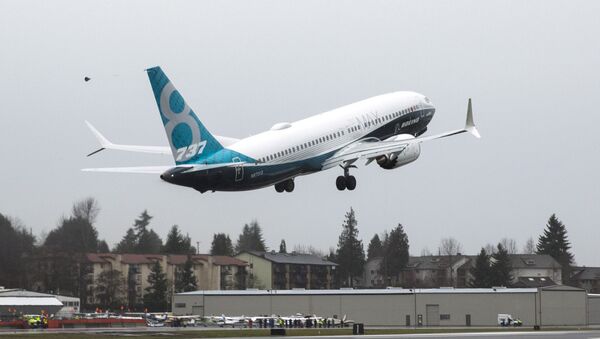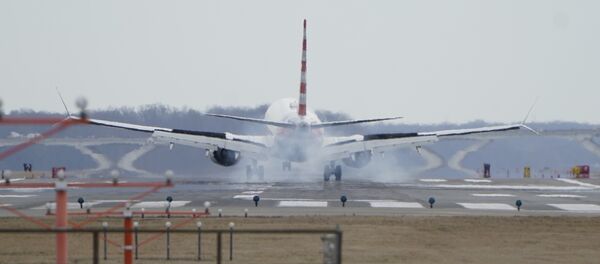The angle-of-attack sensor that was installed on the Lion Air Boeing 737 MAX, which crashed into the Java Sea, was repaired at a Florida-based repair station called XTRA Aerospace, Bloomberg reported, citing briefing files prepared by Indonesian investigators for the country's parliament. Both they and their American colleagues are planning to look into the repair station's work on the specific sensor, as well as similar ones, as a lack of maintenance is still considered to be one of the possible causes of the Boeing's crash.
According to the briefing report prepared by the Indonesian National Transportation Safety Committee (NTSC), cited by Bloomberg, the sensor did not work properly after it was installed on the Boeing aircraft. It was installed following the Lion Air crew reporting problems with sensor readings on speed and altitude.
The media outlet noted in its report that it's unclear whether the sensor was tested after its installation and why such tests, if they were carried out, didn't reveal that it was malfunctioning. XTRA Aerospace expressed condolences to the families of the victims and promised full cooperation with investigative bodies looking into the Boeing 737 MAX cases. It's also unclear if the company was responsible for the repairs of a similar sensor on the Ethiopian Airlines plane.
Questions about the 737 MAX's anti-stalling system arose after two planes of the series crashed within five months of each other shortly after taking off. The second incident led to a global grounding of Boeing's top selling jet.
The investigation is still ongoing, but officials have already reported finding similarities between the October 2018 Lion Air Flight 610 crash in the Java Sea and the Ethiopian Airlines Flight 302 crash on March 10. What is more, the MCAS was regarded as a possible reason for the crash of the Lion Air Boeing.
READ MORE: Boeing Submits 737 MAX 8 Software Upgrade to FAA After Deadly Crashes
According to some media reports, the Lion Air captain was hastily looking through the plane's technical documentation trying to figure out how to switch off the MCAS, which was reportedly pushing the plane's nose down, but without success.



